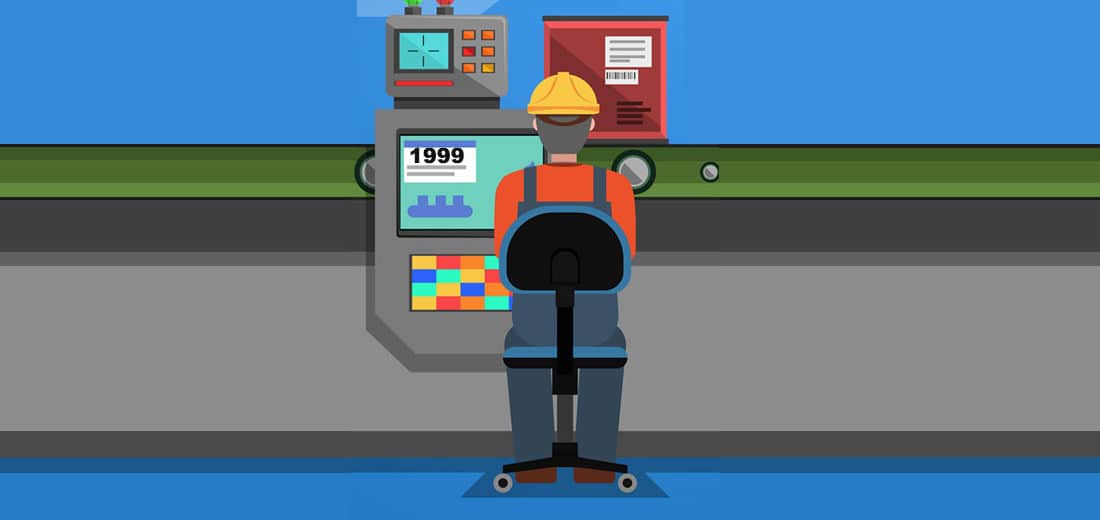Six Steps Towards Eliminating Obsolete Controls Equipment
“It’ll keep working as long as we don’t look at it!”
Everyone has that control panel lurking in the back of their minds. Each time it’s opened, something breaks, so naturally don’t open it! Don’t look at it or even breathe around it! That’s the impression I get when I visit a lot of manufacturing facilities, and there is a big problem with this mindset…mainly that it won’t work forever. There is a reason why people don’t drive cars from 1985 every day and expect them to keep on chugging along forever, the same goes with the equipment we use to run our manufacturing facilities.
I’ve often likened this issue to replacing the hot water heater in your home. Replacing a hot water heater (before it breaks) is money spent on something that ultimately will keep the equipment running as good (and perhaps a bit more efficiently) than before. Outlaying the money, however, for something that isn’t broken and provides no immediate sense of gratification, can be a hard pill to swallow. But boy, if something does go wrong, there will be a headache much larger than simply the money spent on repairs. Your spouse (i.e. boss) will want to know why something wasn’t done to fix this before it broke. Unplanned money will need to be spent to fix it (so goodbye vacation). The basement will be unusable for the big kids birthday party or game-watch that was planned.
This situation can easily be compared to a manufacturing facility with unplanned capital spend and worse- unplanned downtime.
Fortunately, this can all be avoided. All it takes is following these six simple steps:
1. The first step of every obsolescence project is this: Know what you have. A simple audit of the current hardware and status of electrical schematics (existing? on paper? electronic copy available?) is critical to the process.
2. Next, identify where you would like to go with this in the future. Ask questions like:
a. Does this equipment run perfectly and would there be ROI associated with fixing an issue that could help offset the upgrade cost?
b. Should this panel not live in the hottest/stickiest/wettest room of our plant?
c. Is there future functionality/equipment that should be planned for?
3. Determine if there are corporate/plant programming or electrical standards that could be implemented to ensure ease of troubleshooting and commonality. (To see the benefits of standardization, check out this blog)
4. When will this be installed? Operations needs to be involved in the decision! This will ultimately drive the when and how more than any other piece of information. Aim for outage windows that will allow for testing prior to the system coming back online and producing product.
5. Know your costs! This can be handled by an internal engineering team or by having an assessment done to allow outside help to dig through the collateral (shameless plug: we can help with this). Add additional expense/benefits of hiring outside help.
6. Coordinate, Schedule and Implement. Now that you know what is changing, why it’s changing, how it’s changing, where it’s going and when it can change, the rest is all in the execution!
That’s what we do for our systems and what we have seen to work. Feel free to reach out with questions/stories about your controls hardware obsolescence projects!
Image Source: macvector









